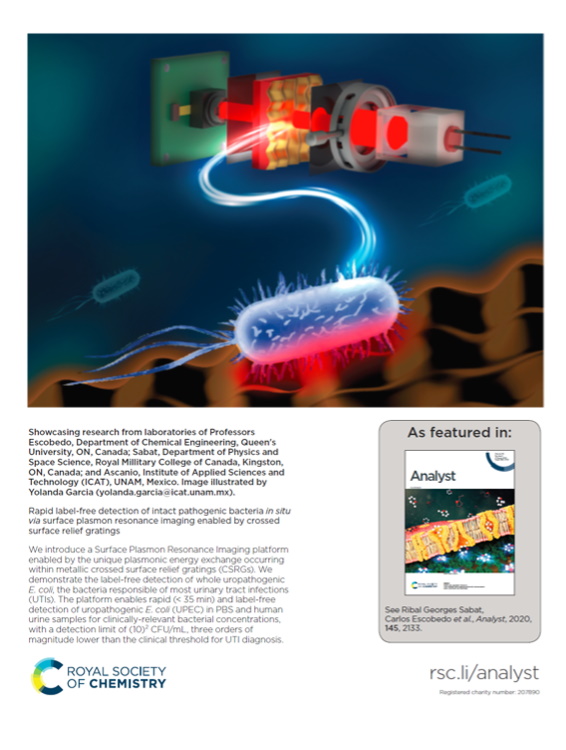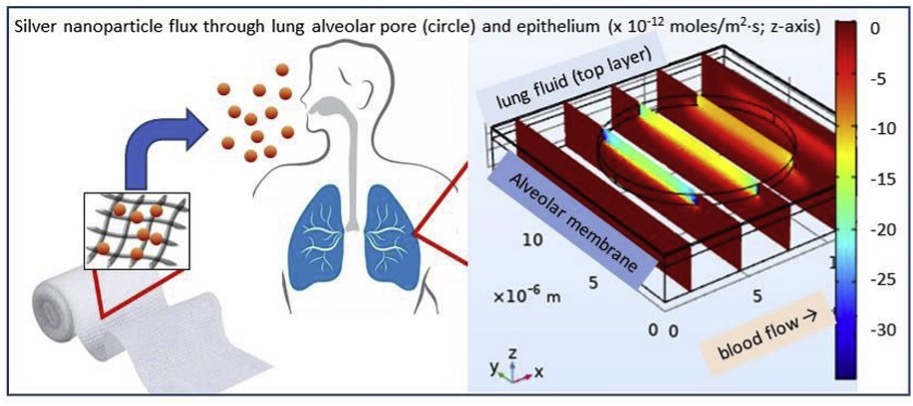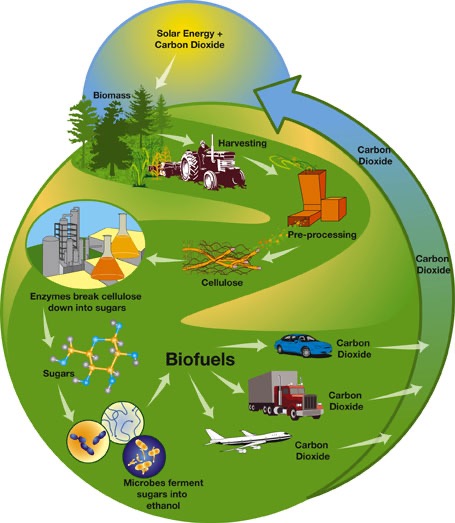Research efforts in Bioengineering encompass a range of applications in biomaterials, biosensing, systems biology, environmental remediation and the conversion of renewable waste materials into commodity products.
|
PhD Candidate, Sean Mathew: 3D printing to make new soft connective tissues like ligaments and tendons. |
Former PhD Amanda Brissenden measuring hydrogel mechanical properties using a micromechanical tester. |
Polymer biomaterials are being developed for use as implantable drug delivery devices and scaffolds for tissue engineering and biomedical devices. The host response to implanted polymer biomaterials is being investigated with the objective of directing the response to promote healing, improve tissue-material integration and enhance device performance and lifespan. The work involves collaboration with researchers and medical professionals in many different disciplines, including immunology, cardiology, orthopedics, cell biology, and mechanical engineering. Graduate students in this research area can participate in the Collaborative Program in Biomedical Engineering.
Biosensor research involves the creation of functional micro and nano-scale structures, the systematic development of methodologies and process design tools for the synthesis of cost-effective lab-on-a-chip and other medical diagnostic tools, and the manufacturing of rapid and highly-sensitive sensors for the detection of harmful chemicals and infectious agents such as viruses and bacteria.

Researchers are developing genomic, molecular biological, and computational technologies to engineer the chemical reaction networks that drive living cells. They engineer microbial cells as factories to sustainably produce valuable bioproducts from petrochemical or biological waste, or even food from CO 2. For biomedicine, they use machine learning to predict and explain drug side effects, and metabolic network models to study drug resistance mechanisms of infectious pathogens.
Through multidisciplinary research that encompasses sustainability and environmentally sound practices, researchers are developing bioaccessibility methods to evaluate the risks associated with exposure to pollution and to reduce the costs associated with remediation of contaminated sites. Investigations include in-situ and ex-situ bioremediation options for common and emerging environmental pollutants. They also combine electrochemistry with microbial processes to convert CO 2 into chemicals and fuels.


Biochemical research activities also include the enhanced conversion of renewable and organic waste resources such as agricultural biomass, food waste, municipal biosolids, and animal manure into energy, fuels, and value-added chemicals (e.g. bioplastics). Research includes implementation of emerging pretreatment technologies for advanced anaerobic digestion and fermentation processes, anaerobic co-digestion of municipal and industrial organic waste, sludge dewatering, and nutrient recovery from wastewater, as well as chemical and enzyme-catalyzed processes.